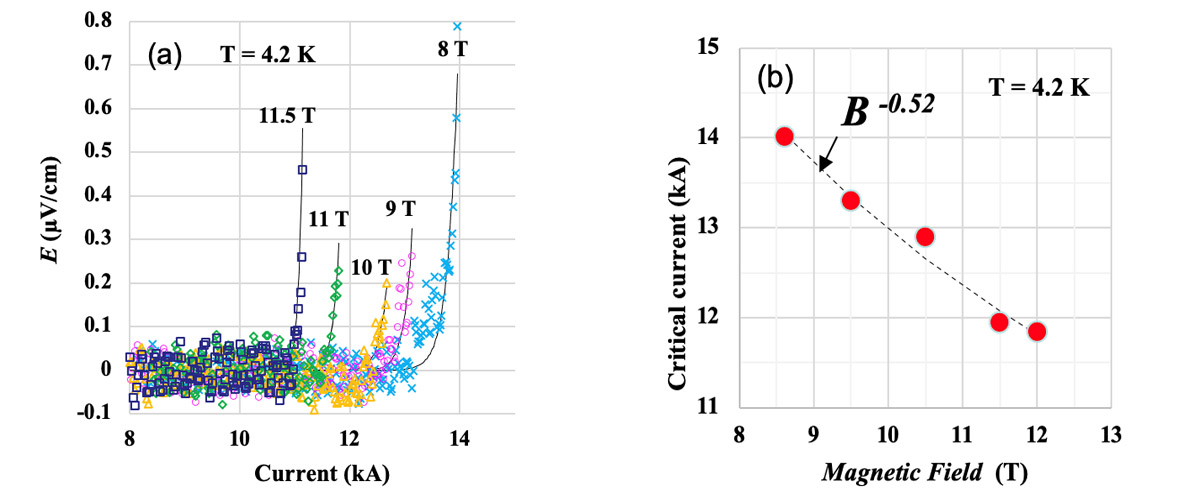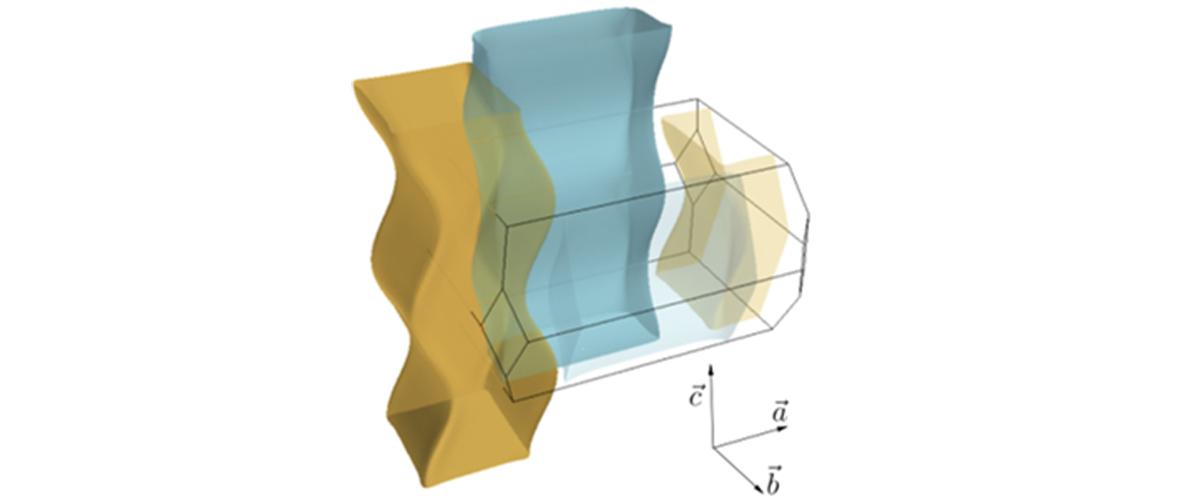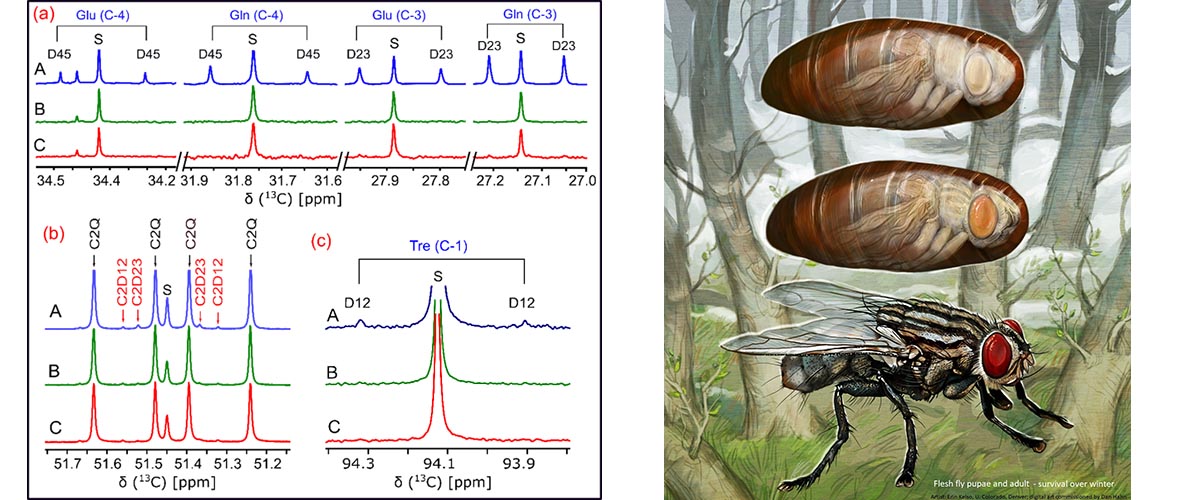What did scientists discover?
A superconducting transformer has been co-developed by Lawrence Berkeley National Laboratory and the MagLab [1],[2]. The superconducting transformer is used in the present research as an efficient high current source for measuring very high critical currents of a high-temperature superconducting REBCO cable in high magnetic fields.
Why is this important?
This unique set of data obtained in high magnetic fields and at high electrical current (Figure a, b) characterize the critical current of the sample at liquid helium temperature as a function of magnetic field. This measurement is critical for the development of new state-of-the-art superconducting cables. Funded by the MagLab User Collaboration Grant Program, this research studies a REBCO Conductor-On-Round-Core (CORC) cable which was developed and manufactured by Advanced Conductor Technologies LLC (ACT), a long-time user and collaborator of the MagLab.
Who did the research?
Hui Yu1, Jun Lu1, Jeremy Weiss2, and Danko van der Laan2
1National High Magnetic Field Laboratory; 2Advanced Conductor Technologies LLC
Why did the MagLab need to do this research?
This work requires a sophisticated scientific facility, a large 12T split-solenoid superconducting magnet and a superconducting transformer that provides electrical current up to 45 kiloamperes. There are very few laboratories in the world able to provide such a facility. This work demonstrates the critical role the MagLab plays in testing high temperature superconducting cables in magnetic fields, a crucial experiment during the development of such cables, and eventually, necessary to realize high-temperature superconducting magnets constructed from those cables.
Details for scientists
- View or download the expert-level Science Highlight, Testing the Critical Current of High-Temperature-Superconducting REBCO Cables Using a Superconducting Transformer
- Read the full-length publication, Superconducting Transformer for Superconducting Cable Testing up to 45 kA, IEEE Transactions, in Applied Superconductivity
- Read the full-length publication, Calibration of a superconducting transformer by measuring critical current of a NbTi Rutherford cable, in Superconductor Science and Technology
Funding
This research was funded by the following grants: G.S. Boebinger (NSF DMR-1157490 and 1644779)
For more information, contact Mark Bird.






